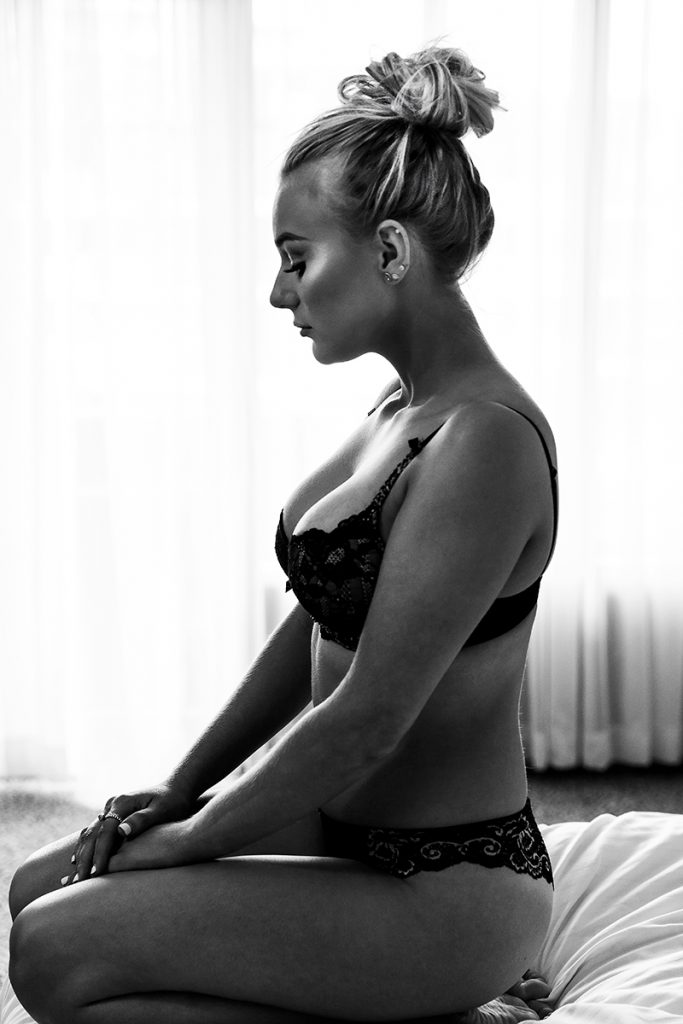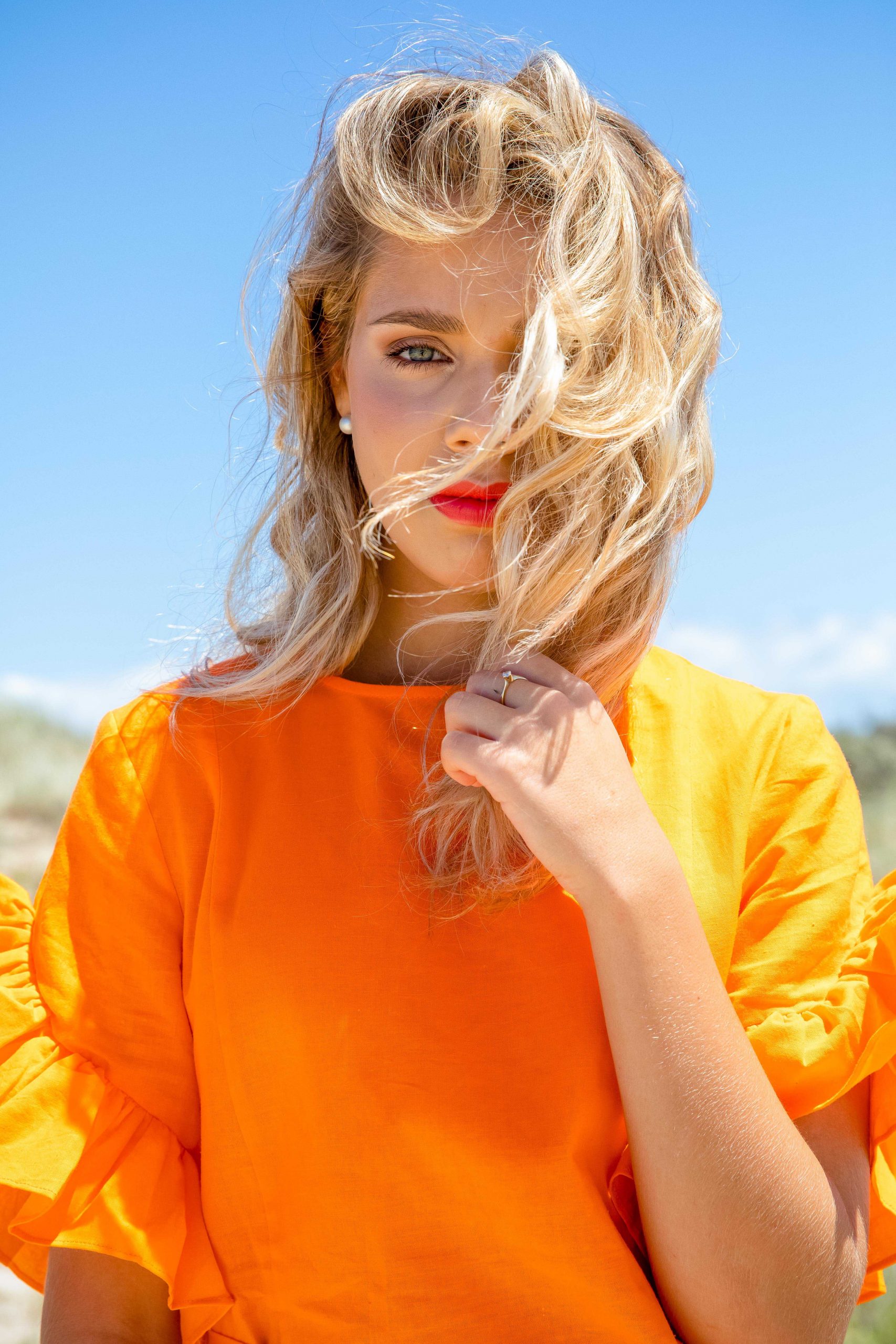The Beginner's Guide to Product Photography
If a photo deserves a thousand words, a magnificent product image is worth a thousand web site check outs. Although I don't have information to back up that declaration (yet), product photography can be very useful to your ecommerce site approach.
To reach your target market members that favor acquiring online, you additionally require to offer your audience clear, distinctive photos of your items.
But product photography isn't as easy as aiming and also firing. Even one of the most basic items require the correct devices, illumination, as well as area to create gorgeous images that sell customers right from the acquisition web page.
6 Product Photography Tips ( and also Instances) for Taking Pictures That Market
Right here are the suggestions, instances, and also products you'll require to effectively photograph and market your items in such a way that makes your site visitors and prospects intend to convert.
1. Don't hesitate to use your mobile phone's video camera.
This is the part where I'm expected to persuade you to purchase a premium, 50-megapixel (MP) cam with a 100-millimeter screw-on lens. But I'm not mosting likely to do that.
If you already possess a camera that fits this summary, capitalize on it. But for numerous kinds of items, it's entirely acceptable to shoot product pictures on a mobile phone.
More recent mobile phones boast powerful camera lenses and setups that permit you to maximize your shots for the different kinds of light as well as atmospheres you might shoot in.
If you need more convincing, just have a look at Apple's Shot On An apple iphone project and also the photos that have resulted from it throughout the years such as this set:
2. Shoot from a tripod for photo uniformity.
Before discussing tripods, I'm obliged to begin with a primary regulation: Don't prop your phone versus something strong to aim your lens toward the topic.
It's simply also easy for this makeshift configuration to move around during the shoot as well as create incongruities in your photos' appearance. If you relax your electronic camera on, claim, a stack of publications, simply make sure this plan doesn't transform throughout the shoot.
There's no harm in holding your cam on your own when shooting just a few product pictures for your ecommerce web site. Yet as your business grows, and also you take extra images of even more items, it can be challenging to systematize the product's orientation in each photo when shooting portable.
To guarantee uniformity across your items, you'll need a tripod. And also thankfully, acquiring one isn't constantly the huge, industrial-sized investment it used to be.
Here are two kinds of tripods to take into consideration.
Typical vs. Flexible
This is a tradition tripod-- there are conventional tripods available for both cameras and mobile phones.
A flexible tripod can be manipulated in a number of ways. You can bend its legs and position it on different surface areas to get the angle you require.
Mobile Grip
There's commonly a screw on the top of your tripod which affixes to your electronic camera to hold it in position. The bottom of the majority of professional-grade cameras has a screw hole just for this objective, yet smart devices can make use of the following adapter:
The adapter holds the sides of your mobile phone as well as can screw right into either kind of tripod, enabling you to operate the video camera manages with the phone display encountering outside and also towards you.
As soon as you figure out which mount you'll need, establish it up in front of your product, as well as think about putting three pieces of tape on the ground to mark where you want to keep each leg of your tripod over the course of the shoot.
3. Select all-natural light or synthetic light.
Never ignore just how specific kinds of light can enhance (or hinder) your product photography. Remember, customers obtain the most effective consider an item face to face, where they can see whatever they need to before acquiring. The appropriate lights plan aids you disclose those essential decision-making product features when all web site visitors need to go on is a photo.
A solitary lighting setup could not benefit every product-- a illumination setup that benefits some items could compromise the appearance of others.
There are 2 sorts of light you can choose as your primary light: natural and also synthetic light.
Natural Light
All-natural light refers to sunshine-- straightforward as that. It's additionally referred to as "soft light" since the sunlight casts a bigger, softer variety of light than, claim, a lamp beaming directly on the product. Ecommerce product shots prosper in all-natural light if:
The product is shot outside or meant to be used outside.
The product is made use of by, worn on, or shot with a individual (people have a tendency to look better in all-natural light).
You're attempting to highlight the product's environments, rather than particular features of the product.
Below's an instance of a shot utilizing natural light:
Artificial Light
Synthetic light consists of candles, fire, and also much more commonly, light bulbs. It's additionally described as " difficult light" due to the fact that it produces a smaller sized but more focused light surface. This type of light satisfies products with physical details that require to be highlighted to thrill an online customer.
As a general guideline, stay with simply one kind of light per photo-- natural or man-made. Adding natural light to an unnaturally lit photo can soften a product that's meant to look sharp, and also adding artificial light to a normally lit photo can sharpen a product that's suggested to look soft. You do not intend to enter your own method.
4. Fill or jump your light to soften darkness.
Whether you make use of all-natural light or artificial light, you'll require to reduce the darkness that any type of potential tough light casts on the contrary end of a product.
There are three ways to do this:
Fill Light
Include another, less-intense source of light to supplement your primary light. This extra light is called your fill light and also is used as a counterbalance to soften the natural darkness your major light generates behind an object.
To do this, position your fill light contrary your main light so your product rests in between both source of lights.
Flashbulb Bounce Card
A bounce card, or reflector card, is a little card that " mirrors" or " jumps" the primary light back onto the surface area under your product to decrease shadows.
Some bounce cards attach to the flashbulb of a expert electronic camera lens to diffuse the light from the video camera's flash. This card splashes a softer light onto the subject from over your collection-- instead of right at it-- so you don't have lengthy darkness trail behind the object you're firing.
Standalone Bounce Card
If you're shooting from a smart device, a flashbulb bounce card isn't an alternative, because you do not have a physical flash you can connect it to. Instead, make your own standalone bounce card positioned contrary your main source of light.
For novices to product photography, this bounce card can effectively change your fill light, which counters the difficult light from the electronic camera flash or lamp that's facing towards the front of your product.
5. Utilize a move or picture setting to stress the product.
There isn't one right way to position your product, lights, as well as jump cards-- they can alter substantially depending on your history. Yet do not pick a history based upon what's most convenient to develop. Backgrounds must look like how you want your purchasers to regard your product when seeing it online.
Think about first whether you 'd such as a white history or a more dynamic, real-world background. There's an easy method to achieve each one.
White Background: Move
For white backgrounds, it's not as easy as setting up a table versus white drywall. Even smartphone cameras can get little blemishes on a white wall that you wouldn't observe with the naked eye. To capture a excellent white history without any edges or acnes, make use of a sweep.
A move is a huge bendable sheet of paper, whose lower function as the surface underneath your product and afterwards curves up into a white wall surface behind the product.

On electronic camera, the sweep's curve is invisible, stressing essential product details as well as allowing the thing to possess all of a site site visitor's attention.
Real-World Background: Portrait Mode
Dynamic, real-world backgrounds are extremely enticing when shooting items that have a particular usage or are being modeled by a person-- as you saw aware of the brief-case previously in this overview.

But, it's very easy for a real-world history to swipe the emphasis of the photo, making it vague which thing in the photo you're in fact selling.
Offer your product deepness as well as emphasis with portrait setting, a image setup on a lot of professional video cameras, and ifbb photographer also readily available on lots of brand-new mobile phones. This setup obscures the history so the context of the product is clear but not competing versus the product itself.
Below is a incredibly awesome photo of a HubSpot pen absorbed portrait setting on a Google Pixel 2 (I took this picture myself). You can tell the pen rests on a workdesk with a computer behind it, yet the pen is still the prime focus for viewers:
6. Fire a range of pictures.
My last ecommerce photography idea to you is to not quit at one photo per product. Equally as your customers look, hold, make use of, as well as even try on merchandise in a store, your site should shoot a selection of pictures to replicate this extremely experience.

If you're shooting clothing, for instance, catch the garment of garments alone-- that is, spread out on a white surface area-- as well as on a mannequin whose shade contrasts the shade of the product.
Then, for additional photos, have the clothes modeled on a individual, allowing you to take pictures of the product from the person's different presents and angles.
Product Photography Set Up
Next, allow's summarize what we simply received-- right here's a checklist of quick product photography set-up ideas that you can describe and share on your team:
• Pick a cam-- whether or not that means using your mobile phone.
• Get a tripod that benefits your camera of option.
• Choose natural or fabricated illumination-- consider which option is best for your product and also setting.
• Determine whether you'll fill or bounce light.
• Select sweep or portrait setting.
• Take a number of various pictures to provide your visitors variety.
Start With Your Product Photography
Don't feel required to purchase every suggestion and tool at once. Use these product photography ideas slowly to see what makes your store look one of the most nice, as well as alter your approach as your photography chops improve.